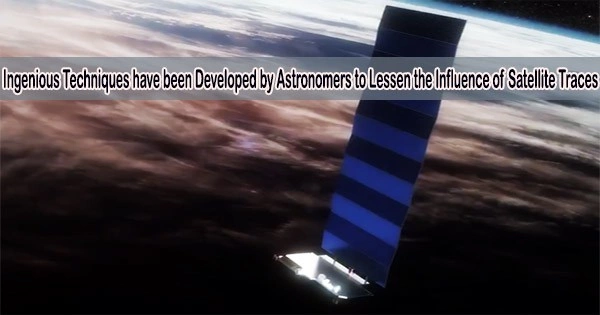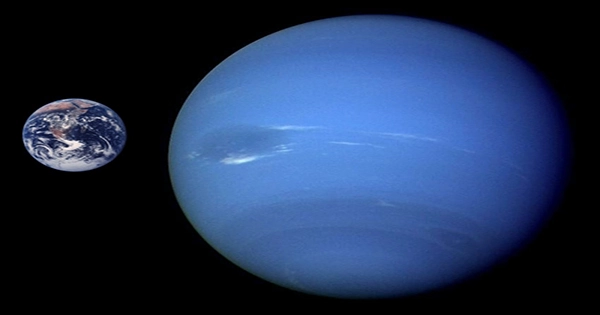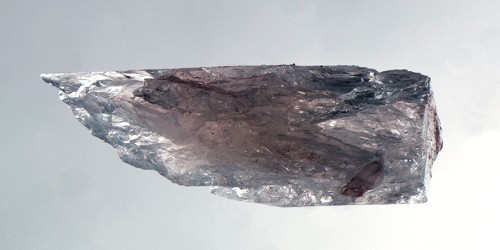For the majority of astronomers to image the cosmos, a clear sky is necessary. Astronomers now notice many more streaks in their photographs as a result of the widespread use of satellite trails. This is especially true for users of specialized ground and space-based telescopes.
Less than 500 satellites were orbiting the Earth when the Hubble Space Telescope first opened its eyes to the sky. Now, there are nearly 8,000 of them, leaving their mark across the sky.
The HST photos show pencil-thin streaks that might “eclipse” an important object. Or they could obliterate the entire observation run. A photobombed view costs the taxpayers a lot of money because operating the telescope is expensive. So, what do HST astronomers do if a satellite streak appears?
It turns out that for that telescope, satellite trails are less of a problem than they are for others. That’s because there’s a trick available for HST image calibration, according to Dave Stark at STScI. “We developed a new tool to identify satellite trails that is an improvement over the previous satellite software because it is much more sensitive. So we think it will be better for identifying and removing satellite trails in Hubble images,” he said.
The tool Stark is utilizing is based on a sophisticated Radon Transform image analysis method. It’s a mathematical “trick” similar to the Fourier transform. Images can be rebuilt using either method. So, for the time being, the satellite tracks do not pose a serious threat to the telescope’s ability to continue its observations.
Stark applied the tool to satellite trails across Hubble’s Advanced Camera for Surveys (ACS). Each Hubble science observation is made up of a variety of exposures taken of the same astronomical object.
Typically, a satellite crossing the field of view only appears in that frame and not the one after it. About ten percent of HST’s observations today are affected by satellite trails.
We developed a new tool to identify satellite trails that is an improvement over the previous satellite software because it is much more sensitive. So we think it will be better for identifying and removing satellite trails in Hubble images.
Dave Stark
“The average width I measured for satellites was 5 to 10 pixels,” said Stark. “The ACS’s widest view is 4,000 pixels across, so a typical trail will affect less than 0.5% of a single exposure. So not only can we flag them, but they don’t impact the majority of pixels in individual Hubble images. Even as the number of satellites increases, our tools for cleaning the pictures will still be relevant.”
Finding and masking satellite trails
Stark and associates that locates the problematic pixels, assesses their impact on the image, and then points them out created a masking procedure.
“When we flag them, we should be able to recover the full field of view without a problem, after combining the data from all exposures,” said Stark.
Currently, the software program adds up all the light that might possibly travel in a straight line over a given HST image. In this way, it identifies and characterizes linear features in an image.
This method makes a satellite trail “pop out” in the altered image by combining all of its light. Even those that are very faint in the original image can be seen with this method. It adds to a large collection of instruments that astronomers have long used to “clean up” HST data.
What about ground-based telescopes and satellite trails?
Astronomers hesitate when using specialized ground-based telescopes to observe because the same satellites that impede HST cause problems. It turns out that they can adapt to the mega-constellations.
However, it’s going to require quite a lot of telemetry data about those satellites. Astronomers might then “program around” the satellites while making their observational plans. And to correct photographs after the fact, the majority of facilities will have to devise comparable mathematical workarounds.
Clearly, it makes a lot of sense to lessen the impact of satellites so that they don’t present astronomy with such a significant difficulty. In order to make the streaks less noticeable, it has also been suggested that satellite system operators aim to reduce the visibility of their space-based assets.
What’s the ultimate effect of those satellites on ground-based facilities?
As an example, operators of the Vera C. Rubin telescope in Chile fear that at least 30% of that telescope’s observations will be affected by satellite streaks. That’s particularly challenging since the telescope is being built to observe everything from distant (and very faint) galaxies to potentially threatening near-Earth asteroids.
For instance, the Rubin crew is collaborating with SpaceX engineers to find ways to lessen the effects of Starlink satellites. Additionally, they will need to develop software workarounds, just like the HST team does for their observations.
Industry guidelines to avoid satellite trails
For a variety of institutions, there are several established principles that could reduce satellite traces. They include keeping orbital altitudes below 600 km (to reduce the number of satellites visible later into the night), orienting reflective surfaces like solar panels so that they don’t reflect sunlight back to Earth, and lowering the number of satellites, in addition to darkening satellite reflectivities and providing accurate telemetry.
Theoretically, everyone should find it a little bit simpler to image the night sky if all the rules to reduce satellite trails are followed, while still being able to meet the increasing demand for the services these satellite constellations offer.
















